Engine governor systems: Critical role in diesel generators
In industrial power backup, big diesel generator sets stand as the final barrier against costly operational breakdowns. At the core of these massive power sources lies a component that defines their reliability: the engine governor system. This unsung workhorse ensures steady frequency control, quick load responses, and smooth synchronization—whether powering a hospital’s life-saving equipment or a factory’s nonstop production lines.
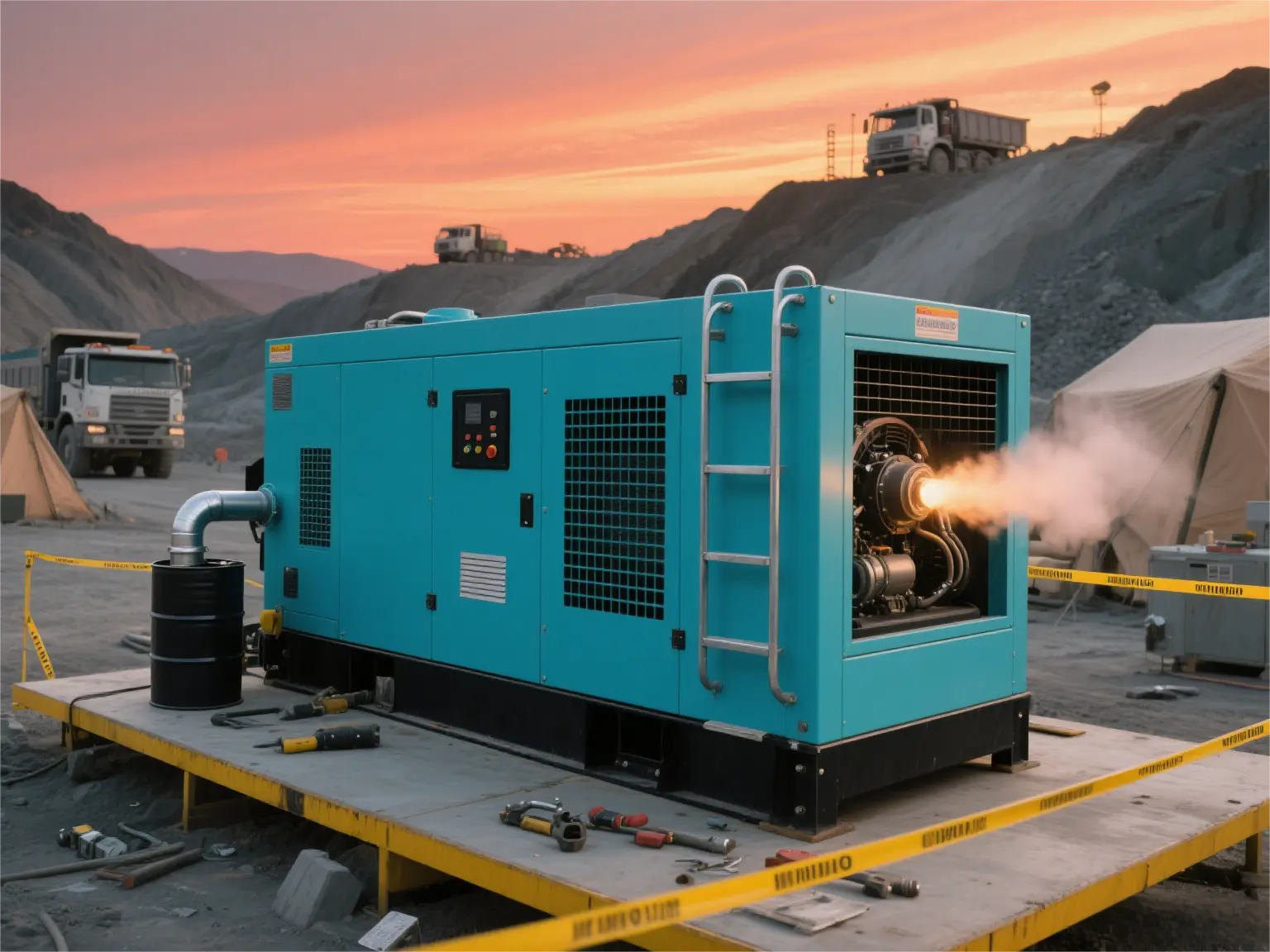
Why Governors Make or Break Generator Performance
Governor systems act like the "central nervous system" of diesel generators. They constantly track engine speed and adjust fuel delivery to keep rotational velocity steady, even as electrical loads swing. For industrial-grade big diesel generator, a mere 1% speed mismatch can trigger a chain reaction: voltage fluctuations, equipment damage, or total system failure. The 2011 Fukushima nuclear disaster highlighted this starkly—backup generator governor failures escalated into catastrophe, a stark reminder that precise governing is nonnegotiable for critical infrastructure.
From Mechanical to Hydraulic: How Governor Tech Evolved
Mechanical Governors: Simple, But Limited
Early diesel generators relied on purely mechanical governors—setups using centrifugal weights and springs to directly move fuel racks. These are tough and affordable for units under 500 kW, but their flaws become clear in big diesel generator applications:
- Built-in speed drop: When loaded, speed dips 3–5%, causing frequency instability.
- Slow to correct: Takes 2–5 seconds to adjust during 50–100% load jumps.
- No parallel operation: Can’t share loads evenly across multiple units.
These drawbacks pushed mechanical governors into smaller, less critical roles.
Hydraulic Governors: Powering Industrial Needs
By the 1950s, hydraulic governors like the Woodward UG-8 became staples in marine and industrial settings. Using oil pressure to boost control force, they delivered key improvements:
- Faster response: Reacts in under 1 second to 75% load changes.
- Tunable speed drop: Adjust speed stability (0–5%) with dashpots and levers.
- Dual feedback: Flexible mechanisms cut down overshoot; rigid links let units share loads.
| Component | Function | Industrial Impact |
|---|---|---|
| Speed Droop Knob | Adjusts stability (0–50%) | Lets multiple generators work together |
| Compensation Needle Valve | Controls fluid flow in feedback | Makes transient performance smoother |
| Load Limit Dial | Caps maximum fuel flow | Stops engine overloads during startup |
Even with these gains, hydraulic systems struggled with oil contamination and needed finicky calibration—paving the way for electronic upgrades⁸.
Electronic & Digital Governors: The Smart Shift
PID Controllers: Precision via Algorithms
The 1980s brought digital governors using Proportional-Integral-Derivative (PID) math. By turning engine speed into data models, they achieved:
- Near-perfect stability: Steady-state speed stays within ±0.25%.
- Adaptive tuning: Automatically adjusts settings for changing loads.
- Computer links: Real-time diagnostics through CAN bus systems.
For example, Harbin Engineering University’s MPC566-based system recovered from 100% load spikes in under 2 seconds—60% faster than hydraulic designs⁴.
Multi-Input Fuzzy Logic: Beyond Just Speed
Today’s governors use fuzzy logic and multi-factor optimization. They track more than just speed:
- Generator terminal voltage
- Shifts in power factor
- Trends in exhaust temperature
A 2008 IEEE study found that adding voltage and power factor data cut frequency dips by 50% during 80% reactive load surges².
Cutting-Edge Governors for Extreme Use Cases
Nuclear Power: Proving Fail-Safe Performance
Nuclear emergency generators demand flawless governing. Modern testing combines:
- High-detail simulation: 12PC2-6B engine models replicate turbo lag and combustion quirks.
- Hardware-in-the-loop (HIL) testing: Controller prototypes connect to virtual loads.
- Triple-redundant sensors: Cross-check speed readings to within 0.1%.
Hybrid Electro-Hydraulic Designs
For megawatt-scale big diesel generator, electro-hydraulic governors blend digital smarts with hydraulic muscle:
- Digital brain: A microprocessor running PID or fuzzy logic.
- Hydraulic power: Servo valves move 500+ pound fuel racks in under 300 milliseconds.
- Mechanical backup: A failsafe linkage kicks in if electronics fail.
Choosing the Right Governor: Key Factors
| Governor Type | Steady-State Accuracy | Transient Response | Best Uses |
|---|---|---|---|
| Mechanical | ±3–5% | >3 seconds | Small portable generators |
| Hydraulic | ±1% | 1–2 seconds | Marine propulsion, mid-sized plants |
| Digital Electronic | ±0.25% | <0.5 seconds | Data centers, hospitals, grid support |
What to consider when deciding:
- Load spikes: Semiconductor factories, with 300% motor-start surges, need sub-cycle response.
- Grid rules: IEEE Std 1547 requires frequency deviations under 0.5%.
- Cybersecurity: Encrypted CAN FD buses stop tampering with governor settings.
The Future: AI-Optimized Governing
Next-gen systems are adding predictive tools:
- Digital twins: Simulate how governors will react to grid disruptions.
- Reinforcement learning: Algorithms tweak PID settings on their own during black starts.
- Blockchain-secured controls: Unchangeable logs for regulatory checks.
Conclusion: Governors—The Unseen Guardians of Power
Governor tech has come a long way: from basic mechanical setups to AI-ready digital systems. This evolution has turned big diesel generator from brute force machines into smart grid partners. As renewable energy makes frequency stability trickier, precise governing grows even more vital.
Ready to future-proof your power setup? Welcome to contact JLMECH's engineering team via skala@whjlmech.com for a governor performance check—drawing on 20+ years of experience with mission-critical generator systems.
References
1.Cheng, P.-S. (1992). Performance Analysis of Marine Diesel Engine's Governor System During Load Variation and Development & Application for Electronic Governor System [Master's thesis, National Cheng Kung University] Lin, C.-H. (2021).
2.Parameters Identification of Inertia and Governor System for Diesel-Engine Synchronous Generator [Doctoral dissertation, National Taiwan University of Science and Technology] Long, Q., Yu, H., Xie, F., Lu, N., & Lubkeman, D. (2020).
3.Diesel generator model parameterization for microgrid simulation using hybrid box-constrained Levenberg-Marquardt algorithm. arXiv:2009.10425.
4.Song, B., & Li, H. (2008). Modeling and simulation analysis of diesel engine electro-hydraulic compound speed governor system. Small Internal Combustion Engine and Motorcycle, 37(3), 38–41. Yan, C. (2006).
5.Simulation design of digital governor for diesel engine system. Journal of Agricultural Mechanization Research, (9), 147–149.
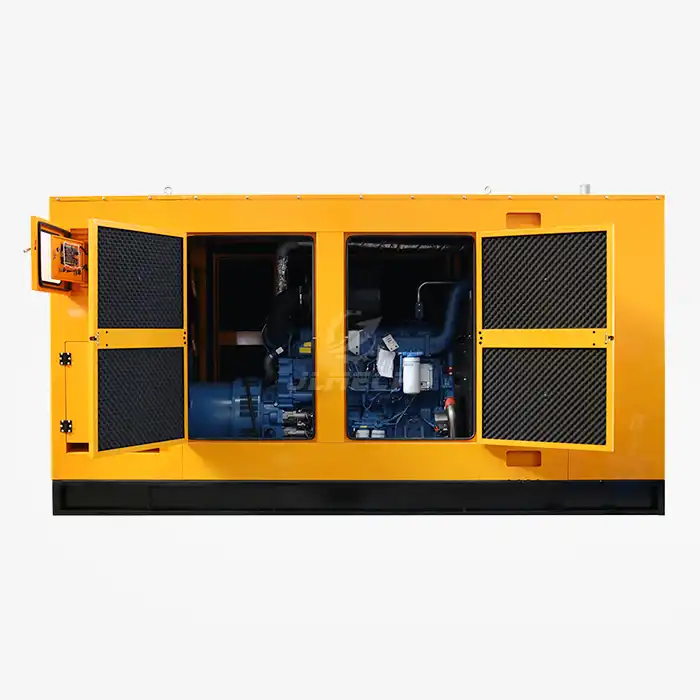 VIEW MOREPortable diesel unit set
VIEW MOREPortable diesel unit set VIEW MORESoundproof Canopy Diesel Generator
VIEW MORESoundproof Canopy Diesel Generator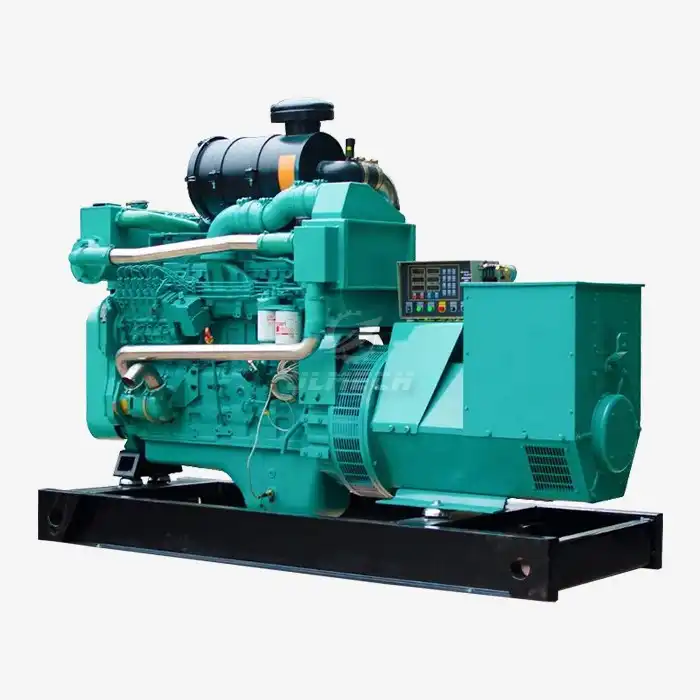 VIEW MOREMarine Portable water-cooled generator
VIEW MOREMarine Portable water-cooled generator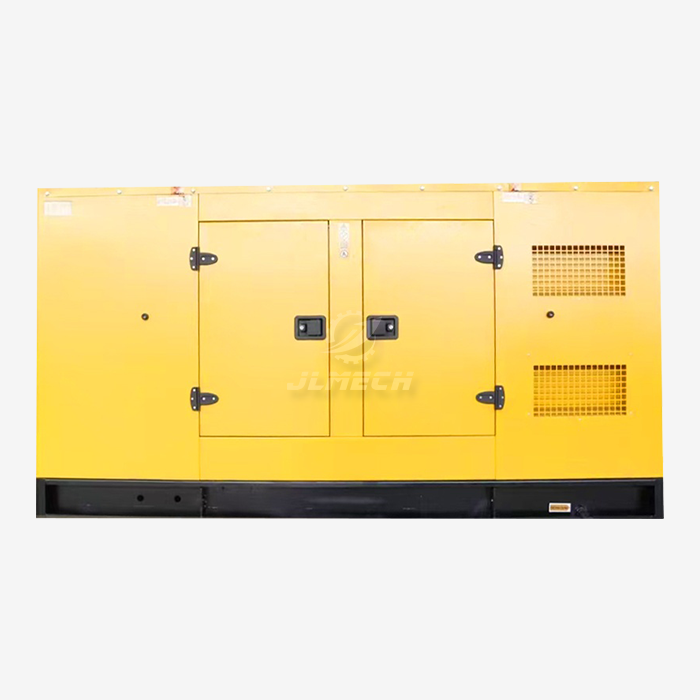 VIEW MORE150kva perkins diesel generator
VIEW MORE150kva perkins diesel generator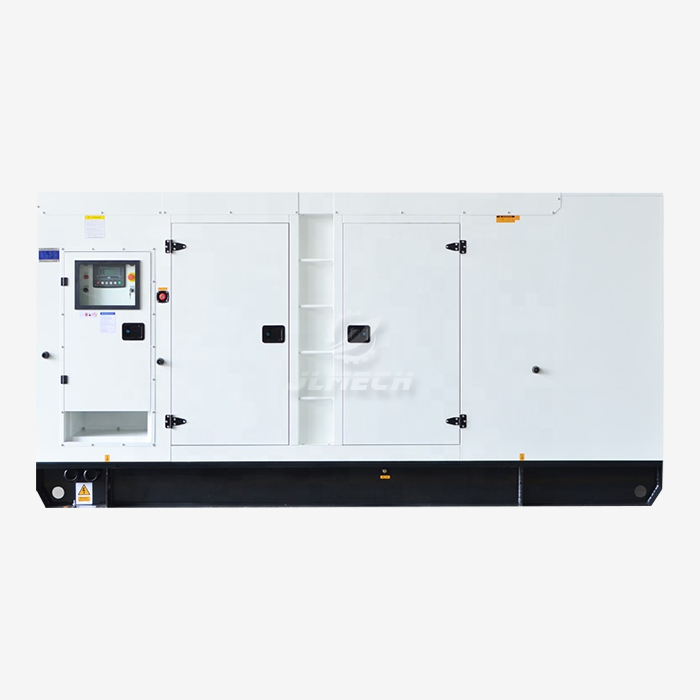 VIEW MOREgenerator mitsubishi 1500 kva
VIEW MOREgenerator mitsubishi 1500 kva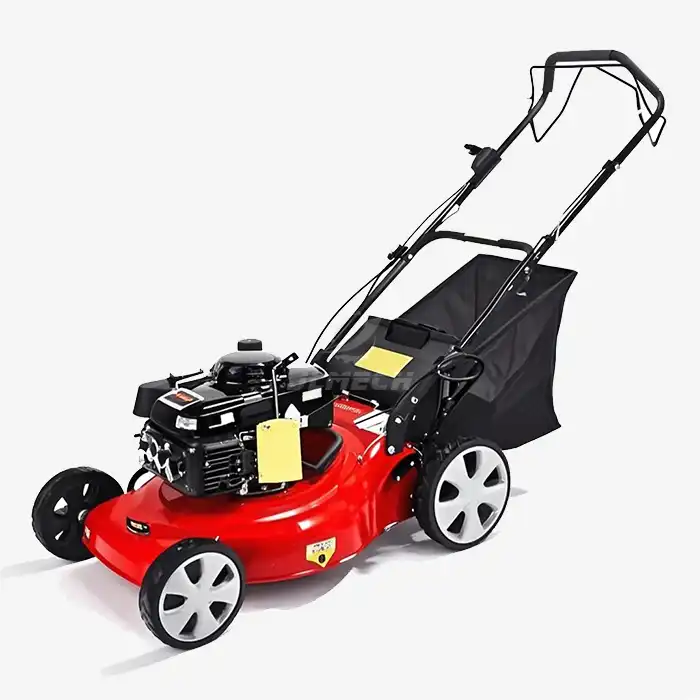 VIEW MOREheavy brush cutter machinery
VIEW MOREheavy brush cutter machinery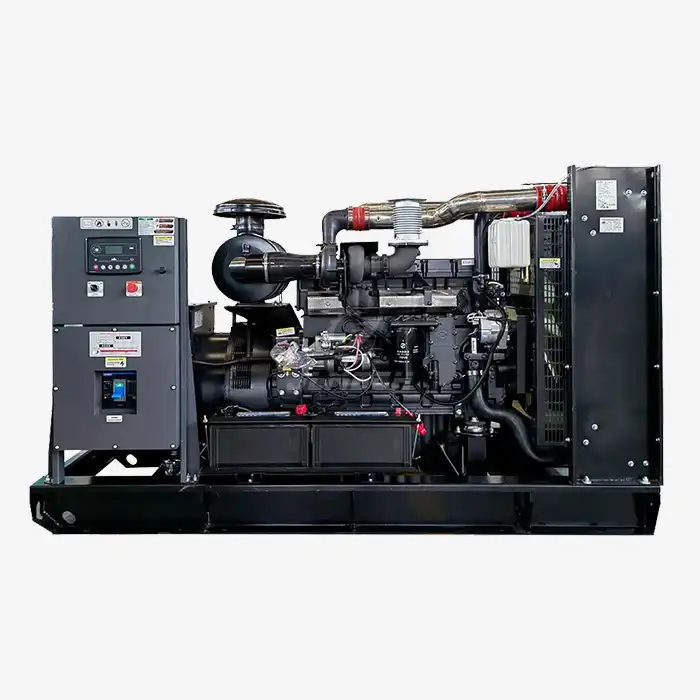 VIEW MOREgenerator engine diesel
VIEW MOREgenerator engine diesel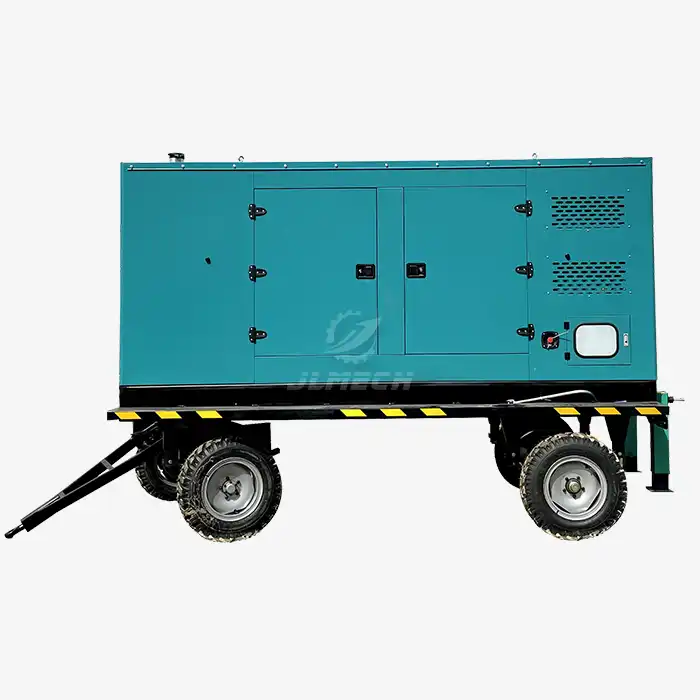 VIEW MOREmovable diesel generator
VIEW MOREmovable diesel generator



